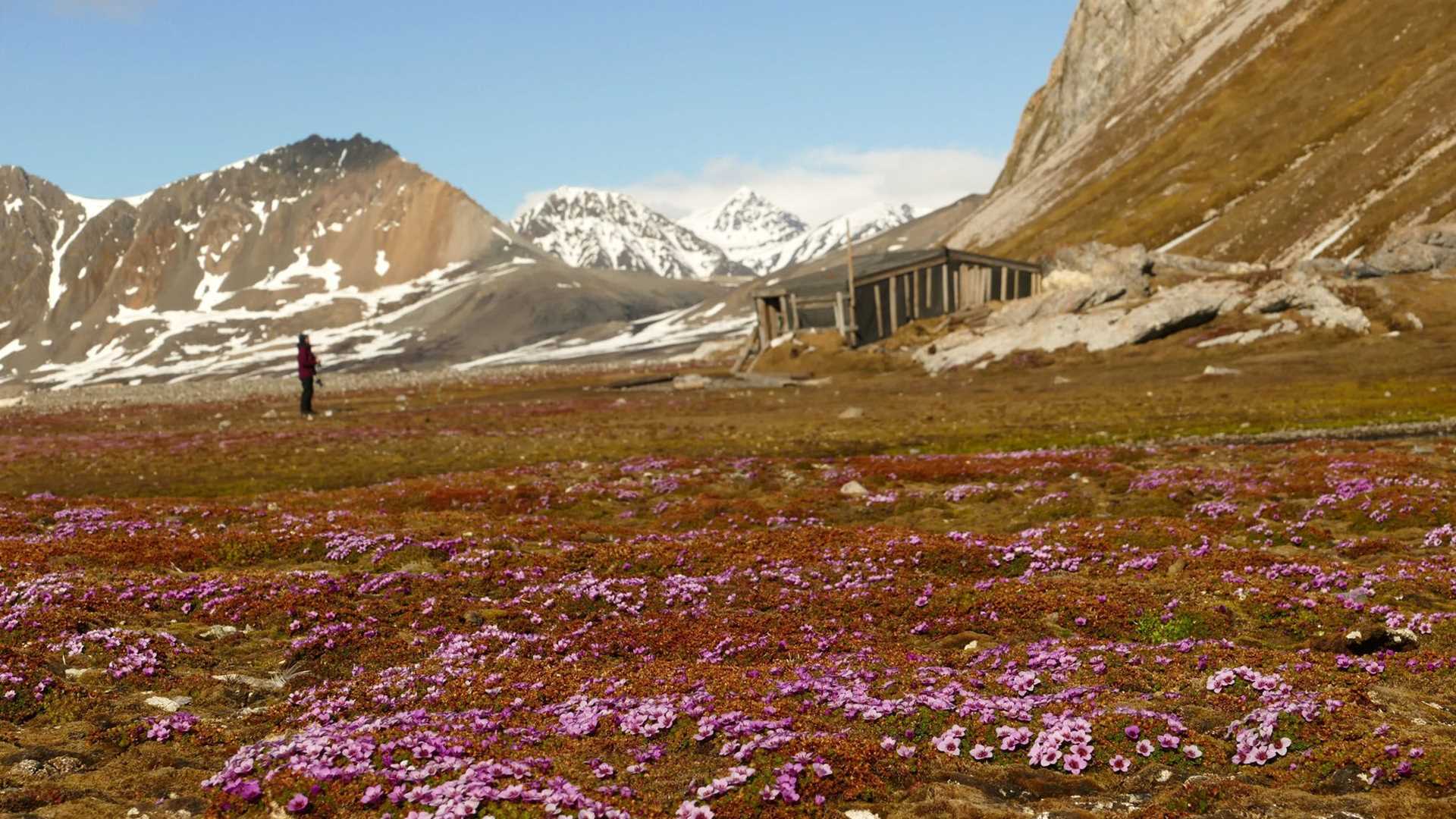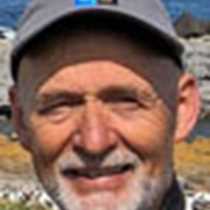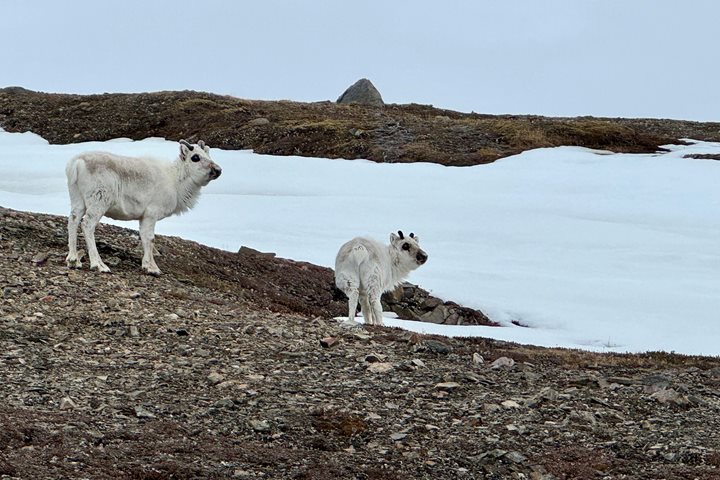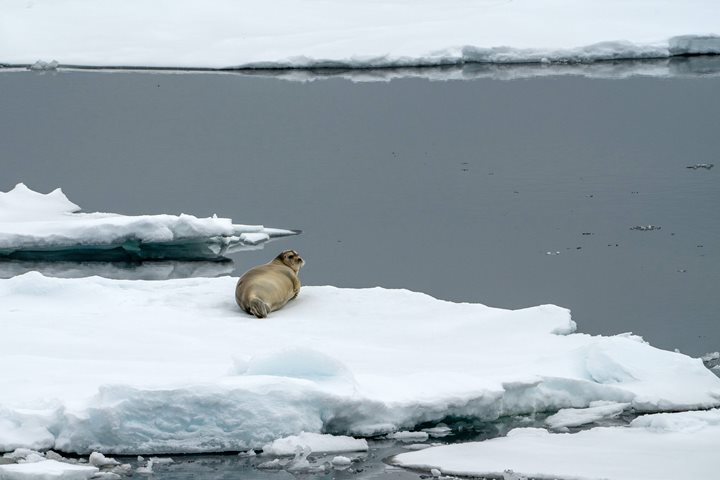Last night, National Geographic Explorer sailed from Storfjorden around the southern tip of Spitsbergen to Hornsund, one of the most spectacular fjords in Svalbard. After breakfast, we were set ashore near a trappers’ cabin at Gnålodden. The name means “noisy point” and is known to derive from the sound of thousands of kittiwakes nesting on the sheer cliff above. Below, lush carpets of grass, moss, and purple saxifrage provided an ideal feeding ground for arctic geese. Gnålodden is a perfect example of the link between geology, nutrients from the sea, and plant and animal life. In the 18th and 19th century, man was the top predator, basing his hunting station on this productive ecosystem. By noon, the wind had picked up, but we were able to go for a Zodiac cruise in Burgerbukta. A few very scenic glacial fronts along the coastline were the highlight of our afternoon.
6/17/2025
Read
National Geographic Resolution
Spitsbergen Island, Svalbard
Today, we landed at the stunning glacier front of Nordbreen, nestled deep within the majestic Wijdefjorden. The day offered unforgettable experiences, both on land and at sea. Our long hikers embarked on an epic journey up to the ridge of Slettho. The ascent was rewarded with sweeping views of the rugged, dramatic landscape carved by ancient ice. From this high vantage point, we felt the raw power and isolation of the Arctic. As we stood together in five minutes of silence, taking in the vast stillness, nature answered with a breathtaking moment: the glacier calved. The thunderous sound echoed across the fjord—a powerful reminder of the ever-changing world of ice. Meanwhile, our Zodiac cruisers witnessed the same calving event from sea level. From the water, they felt the full force of the glacier’s collapse—the crash of ice, the rolling waves, and the deep, resonating boom that followed. It was a rare and visceral moment, connecting all of us more deeply with the Arctic wilderness. A day like this reminds us of why we journey to these remote places: for connection, perspective, and awe.







